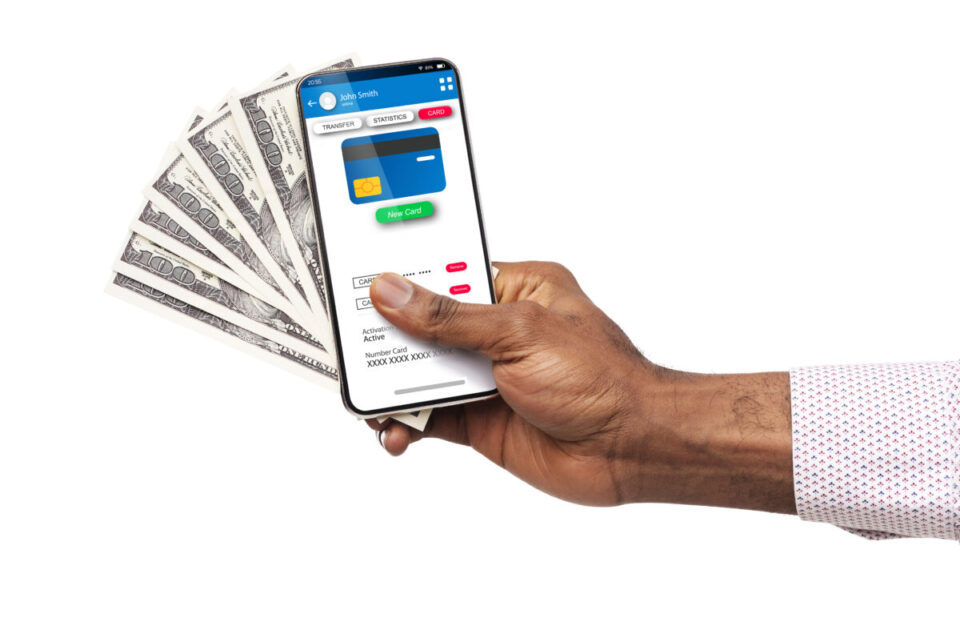The pandemic has created some irreversible changes in the way we live our lives. Not only have employers learnt that many of their employees are capable of doing their jobs well working out of the comfort of their own homes, but they have also learnt how good technology can be within the workspace when day to day necessities are digitised. The same can be said for an average person’s day to day activity too: digital changes that have been made have opened people’s eyes to whole new possibilities. One of these changes was the adoption of eWallets, an alternative payment solution.
Whilst eWallets are not a new commodity, their popularity soared throughout the pandemic. Greynier Fuentes, VP of Digital Solutions at Veritran, a company known for its agile building of low-code business applications for digital channels, spoke with The Fintech Times to discuss what changes must be made to eWallets for them to keep this popularity and not just be a temporary trend.
Fuentes joined Veritran in 2019, where he has led VeriTran’s low-code platform developments and other digital efforts. Fuentes’ passion for digital transformation and technology is deeply rooted in his nearly 20 years of experience in the Information Technology, Software, Banking and Fintech industries. Prior to joining Veritran, Fuentes served as the Chief Technology Officer at Bit Platforms and the CTO at The Pay Solutions.
For eWallets to find post-pandemic success, Fuentes said:

Prior to the pandemic, it was more intuitive to simply reach for your wallet rather than your phone when making payment transactions. However, over the past year, banking operations as we know them were fully disrupted – customer-filled branches were replaced by apps, and cash and physical card usage by digital wallets.
Digital wallets are software-based systems, such as apps, that store users’ payment information and virtual versions of cards – popular versions of this technology include PayPal and ApplePay. Amid the pandemic, where contactless payments and mobile point-of-sale transactions became more popular than ever due to health concerns, digital wallets began to take center stage in the financial ecosystem.
In fact, according to data from Veritran, the use of digital wallets soared by 180% globally within the past 12 months – more consumers are increasingly relying on digital accounts and virtual wallets than ever before. Furthermore, due to the recent surge in interest in the technology, the overall mobile wallet industry is estimated to grow to $2.4trillion this year, a 24% increase from last year, and to $3.5trillion by 2023.
However, there are hurdles to overcome ahead of widespread adoption of digital wallets: UX, security and seamless integration with POS systems are all important variables to consider when building the technology, and not all digital wallets today reach the highest standards. A new study reported a surge of consumer complaints about mobile payment apps and digital wallets as more people go cashless – the most common concerns being trouble managing, opening or closing accounts; dealing with fraud or scams; and problems with transactions, such as unauthorised transactions. In order for digital wallets to be fully trusted by consumers and reach their full market potential, these challenges will have to be addressed by the banks and financial institutions that offer digital wallets.
To address the first challenge – user experience in banking is more important than ever in a digital-first world and is key in building longer-term loyalty and trust amid users. As digital banking becomes more normalised, consumers will increasingly choose financial institutions based on the most seamless UX. A positive and personalised user experience and a good technology platform have become key in gaining consumer loyalty – and an important part of this is being able to deliver a seamless digital account opening or closing process. Gartner found that 96% of customers who put more effort into opening online accounts or have a difficult experience become more disloyal. Moving forward, it will be necessary for banks and financial institutions that offer a digital wallet product to invest time and resources into ensuring that both the technology and process involved in opening and closing accounts is as streamlined and intuitive as possible.
Security is also a major concern for digital wallets – consumers are spending more time online than ever before and some are making digital transactions for the first time, creating a high-risk environment for being scammed or hacked. Additionally, consumers have fewer protections when they use digital payments, which many don’t realise. According to the US PIRG, many also don’t realise that the instantaneous transactions digital wallets provide are not reversible – once they send money, they cannot get it back. In order to mitigate against the increased cyber-threat, digital wallet products should offer multi-factor authentication to ensure that they have unbreachable security. This includes having multiple checkpoints before being able to access funds – some of which may be biometric checkpoints, an increasingly popular option for financial organisations looking to have the highest level of security possible. Furthermore, banks should offer education to customers about the best practices of utilising digital wallets, from only making transactions with trusted individuals and organisations to not linking their digital wallets to their primary checking or savings account.
Change takes time, and certainly, digital wallets will not respond to these challenges overnight – however, it is important for these products to start adapting to a rapidly changing financial landscape, where consumers are placing a premium on seamless UX and unbreachable security. Once these hurdles are overcome and consumer confidence in the security and user experience of these technologies grow, digital wallets and the companies that offer them will be able to reach their full potential moving forward.



